Mark Devlin – Restless Light
Posted on August 3, 2021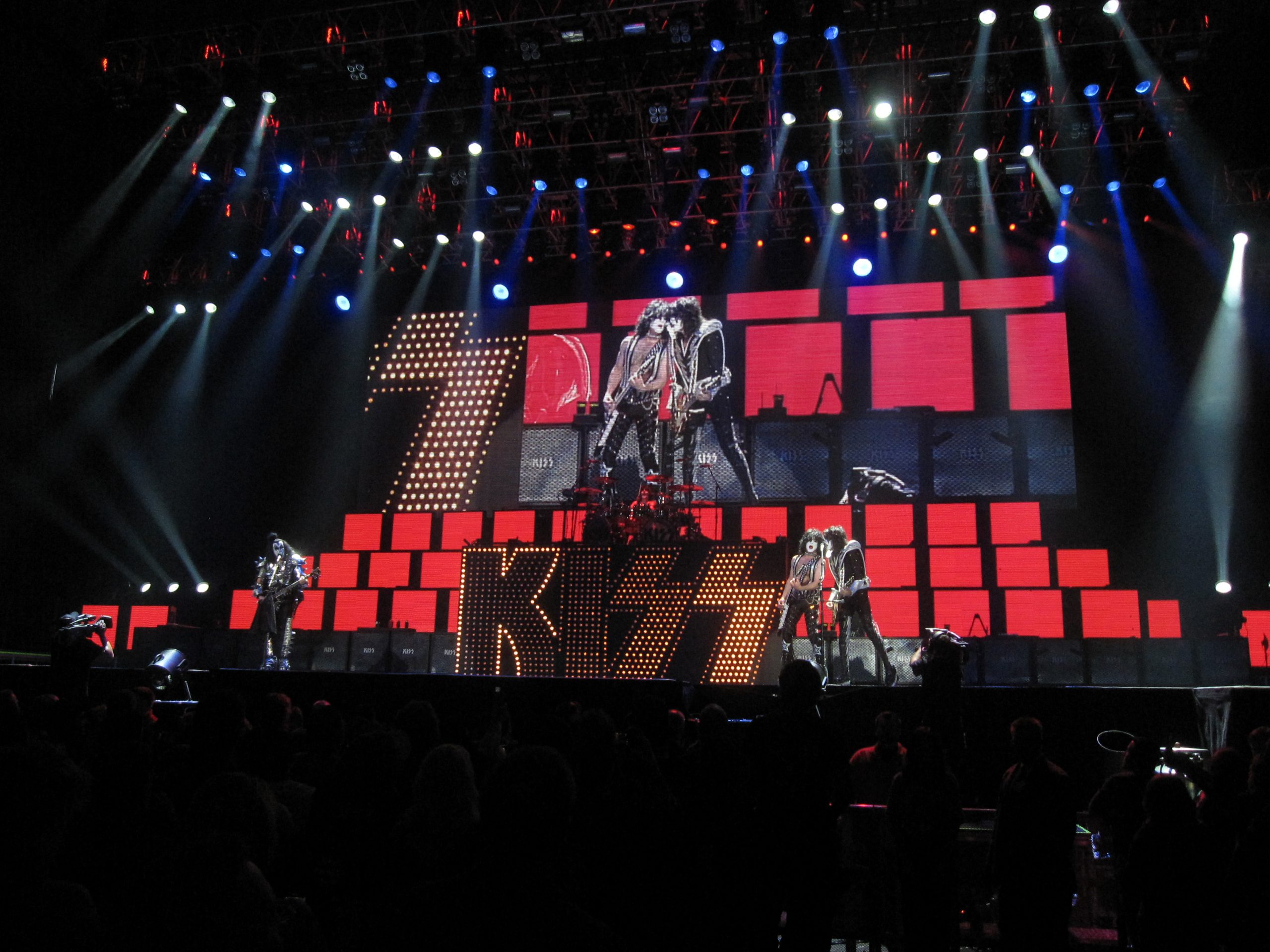
Asked how he’d like to be remembered as a designer, this Los Angles based video and VFX content creator didn’t point to any of his singular accomplishments, of which there are many; instead he suggested that perhaps it would be for some future project not yet started.
Clever? Yes, but those familiar with the award-winning designer’s ethos would know that this is more than a witty quip. There is a perpetual restlessness stirring at the heart of Mark Devlin’s creative spirit that, throughout his life, has inspired him to seek new forms of artistic expression.
It is this driving force that has taken him from working on print ads when he was fresh out of college, to designing visuals for every major TV network and the Disney channel, to creating stunning video and VFX panoramas for an impressive list of artists that includes Judas Priest, KISS, Metallica, Def Leppard, Pitbull, Taylor Swift, Heart, Fall Out Boy and many more.
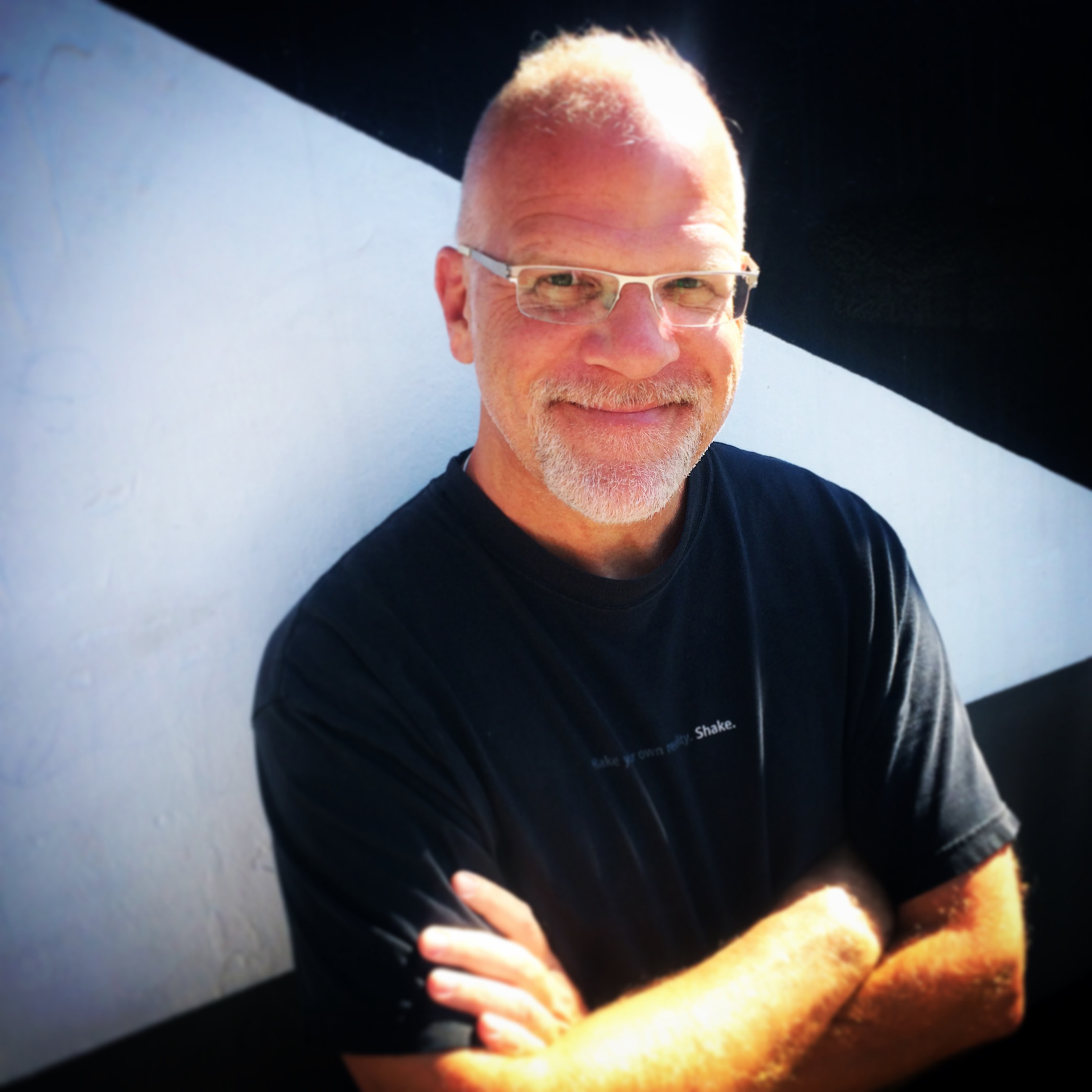 Though his inquisitiveness is never still, Devlin invariably begins the design process in a relaxed, almost meditative state. Pressure bears no good creative fruits in his mind. Instead he spends hours listening to a client’s music (the ultimate driving force behind all of his designs), allowing it to wash over his subconscious as if in a dream.
Though his inquisitiveness is never still, Devlin invariably begins the design process in a relaxed, almost meditative state. Pressure bears no good creative fruits in his mind. Instead he spends hours listening to a client’s music (the ultimate driving force behind all of his designs), allowing it to wash over his subconscious as if in a dream.
Emerging from this state, Devlin begins the hard work of turning an ethereal vision into the tangible building blocks of an actual design. In the end, no two results are ever the same, since each was accomplished, not for its own sake, but to be a part of a larger concert experience.
Speaking from his Mark Devlin Visual Design studio, he discussed the ever-expanding creative process and left us convinced that the best is indeed yet to come.
On the Judas Priest Firepower tour, you created some menacing images, such as those for “Evil Never Dies.” How do you get inspired to do something like that? Is it a different creative process than it is for more mellow offerings like the gentle pop up books you did for James Taylor?
“For me, it makes no difference which genre of music I’m working on. When I am trying to come up with an idea for a visual, the music tells me the solution. As an artist, I have always been impressed by the imagery of my dreams. The colors, texture details and concepts are always more imaginative than my natural talent could ever conceive.
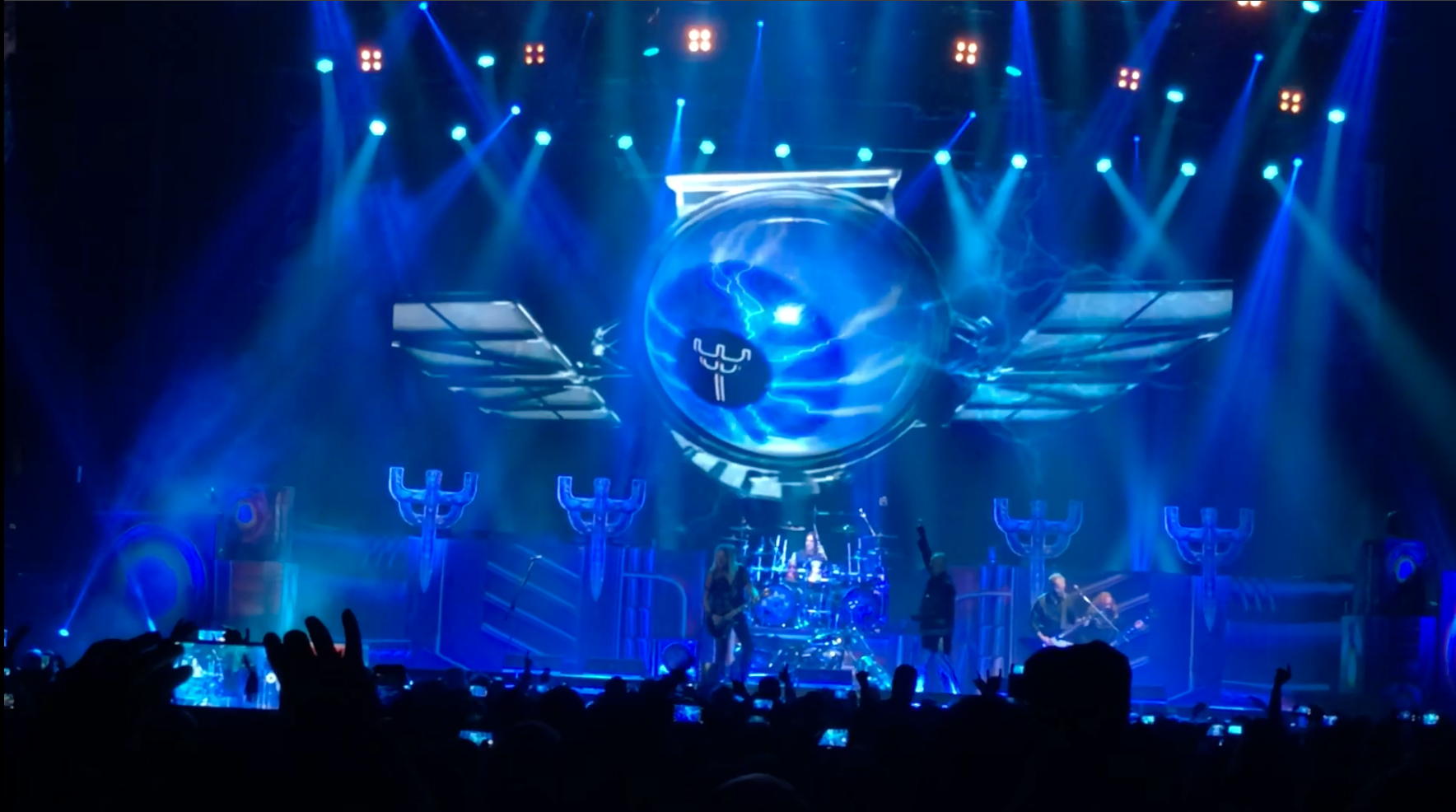
“My creative process always begins by relaxing somewhere comfortable and while listening to the song over and over, in almost a meditative state, until the music inspires images from my subconscious to fill my day dreams. When I come out of the zone, the challenge is in discovering how to turn my day dreams into a reality on the screen.”
In general terms, you start every project off with, what in essence is, a blank screen. That must be scary! Do you ever procrastinate at the start of a project?
”Definitely. I start every project with a small panic attack. ‘I’m doing What? For Who?’ OMG! I get so excited by some projects that it’s hard getting started.”
When you start a project, is there one design element that you always begin with?
“The music drives everything. The color, brightness, speed. I always start by breaking the song down. Intro, verse one, chorus one1, verse 2 two, chorus two, bridge/ guitar solo, ending. Regardless of the project, the structure is always the same. Verses one and two are similar. The choruses just repeat. The end is everything rolled into one. When faced with a large, very visible project, by breaking the concept down into intro, verse, chorus and solo, you simplify the solution. This reduces the stress that can come with any high profile project.”
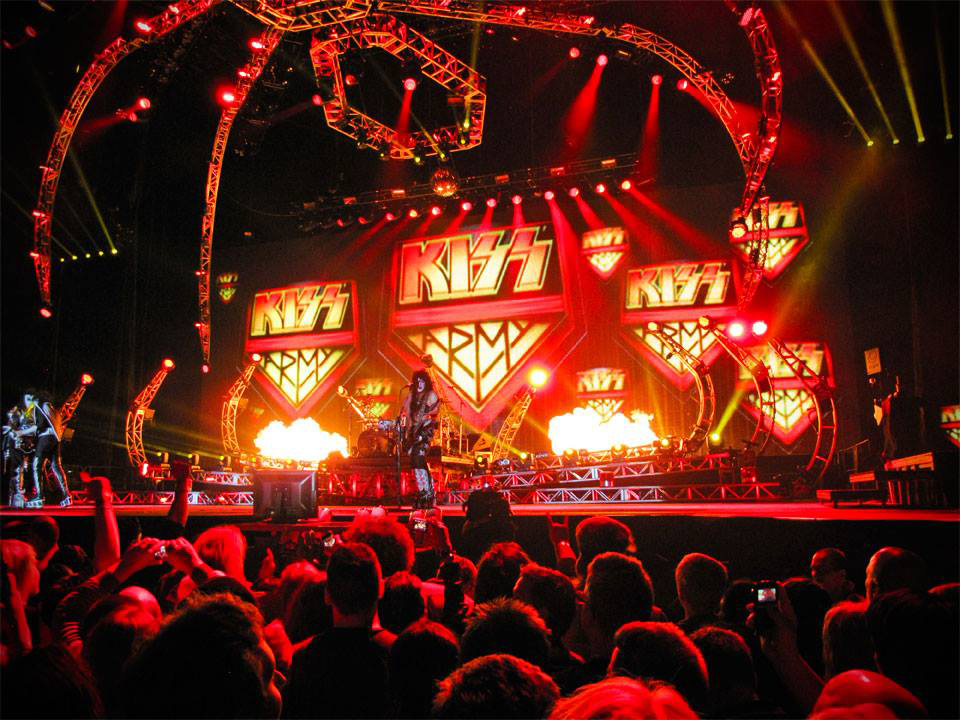
Does pressure fuel your creative juices? We ask because on Journey’s Eclipse tour, you had to re-render video content in a very short time. We understand it was about a week. You had to deal with a similar situation on KISS’ Rock The Nation tour. Yet, the results in both cases were stunning. So, what’s the secret for dealing with time pressure?
“Pressure does not fuel creative juices. Pressure creates anxiety. Anxiety creates poor choices. The trick to handling pressure is to manage your time. In the case of the KISS project. I had 14 days to create 19 full length videos, plus about 40 additional short loops.
“That’s 14 days times 24 hours for 337 total hours. With five hours allotted for sleep each day, I would have seven hours to come up with a concept, do preproduction, production, editing, rendering and file transferring. By maintaining this set schedule we guaranteed a successful finish. But things never go as planned. On the last day, I had been up for three days straight. I had one more video to produce and an hour-and-a-half to do it.
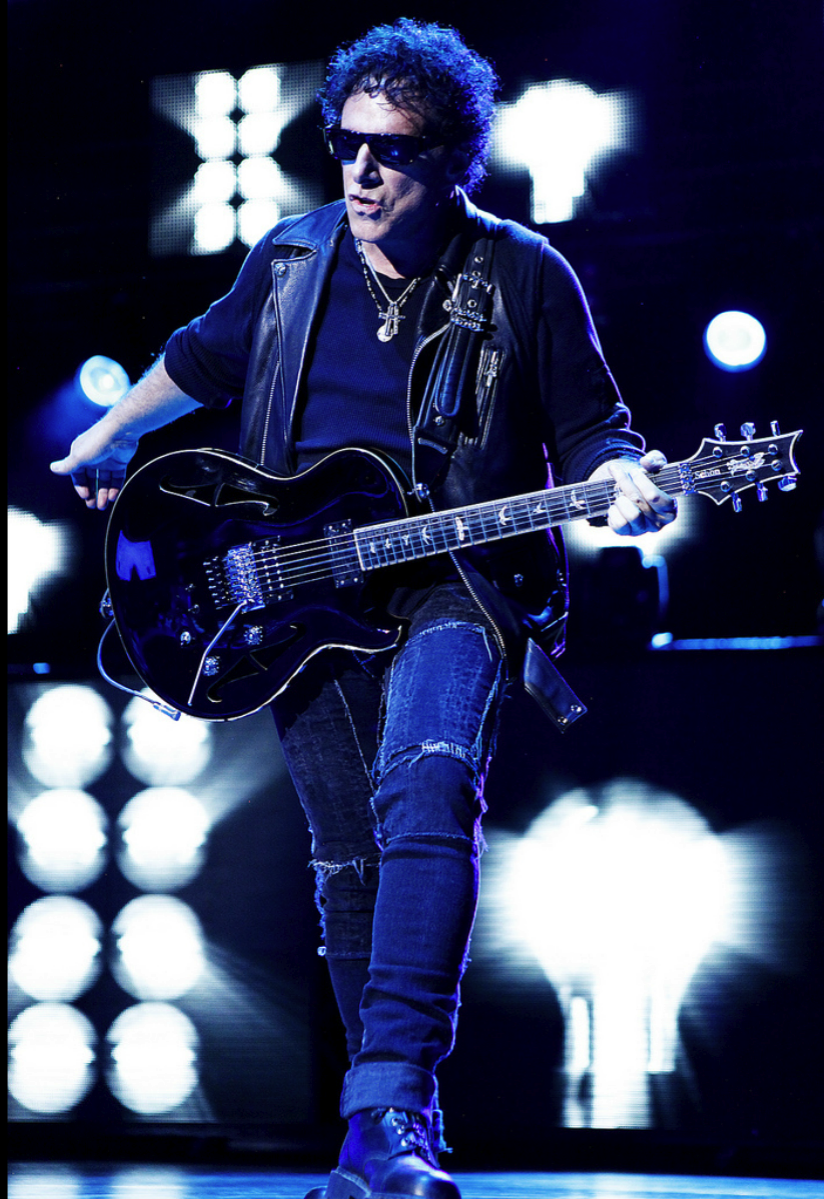 “I remembered that Paul Stanley once told me he liked red. So the last video was just full screens of red fading up and down to the beat. It looked great and we finished loading content as the band walked on stage.”
“I remembered that Paul Stanley once told me he liked red. So the last video was just full screens of red fading up and down to the beat. It looked great and we finished loading content as the band walked on stage.”
VFX has been described as a means of manipulating reality, which is precisely what art does. You have certainly done this to great effect. Yet, your work’s power often stems from its authenticity. How do you maintain plausibility in your designs?
“The purpose of visual effects is not to manipulate reality, but instead to make the unbelievable, believable. However, as a content designer, my job is to visually interpret the message of the music, not to create something eye-catching for the audience. By focusing on the message of the song, the content will support the performance. VFX should never overpower the performance.”
How has the growth of VFX changed the role of other forms of design, such as lighting and scenic?
“Visual effects have given us the ability to combine the real world with the CG world seamlessly and undetectably. It gives a stage designer the ability to augment and add depth to the stage. A video screen is just another light for an LD. Many times I have supplied an LD, loops of CGI lighting elements and let him create his own solutions.”
From your perspective what is the key to successful collaboration between a lighting designer and video designer?
“My experience has been that the two have to work together as one, or one of them will over power the other. Too many video designers design like they are the star of the show. They get offended if things aren’t just the way they want it. That never works!
“At the same time, many LD’s don’t get the power of video content. When the singer sings “JUMP”, and one second later the video plays the words J-U-M-P, no one is looking at the lights. They are asking why the video is out of sync.
“The last step of my creative process is always to turn my efforts over to the LD and let him turn my video into light. The results are always impressive.”
A moment ago, we talked about your work in reference to art. Are there any artists from the pre-tech era who you think would have exceled at VFX?
“I have seen what Leonardo da Vinci could do with a piece of paper and a pencil. I would love to see what he could have done with a video workstation, a 2500 CPU render farm, unlimited RAM, fluid simulators, CGI, a team of production professionals…. And of course, an iPhone.”
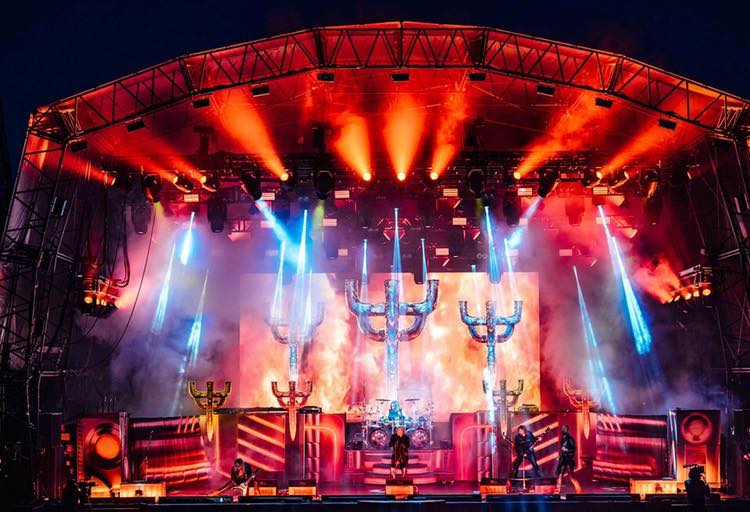
You started out in print art with a degree in graphic design from Temple. How and why did you make the transition to what you do today?
“I remember wanting to be an artist since I was in elementary school. But at that age I didn’t really understand what being an artist meant. As I grew older and technology moved forward, that definition of what an artist was, changed as well.
“In the beginning to make money I had to be a graphic designer. Graphic design led to motion graphics, which led to broadcast design, which led to visual effects and directing which led to being at the right place at the right time. Ultimately I was working on a project and was completely unaware that the guy I was working with was Tommy Thayer, guitar player and band member of KISS. Tommy gave me my first shot and I took full advantage of it.”
We know you review all your work many times over on a screen, but do your creations ever look different to you when you actually seem at a show with a live audience?
“After years of working with various LED products, you get a general understanding of what the computer screen will look like on LED’s. But my heart skips a beat every time I see my work for the first time on the screens, with the lights, sound and reaction from the audience. It literally is my favorite sensation and I feel lucky to be able to do what I do.”
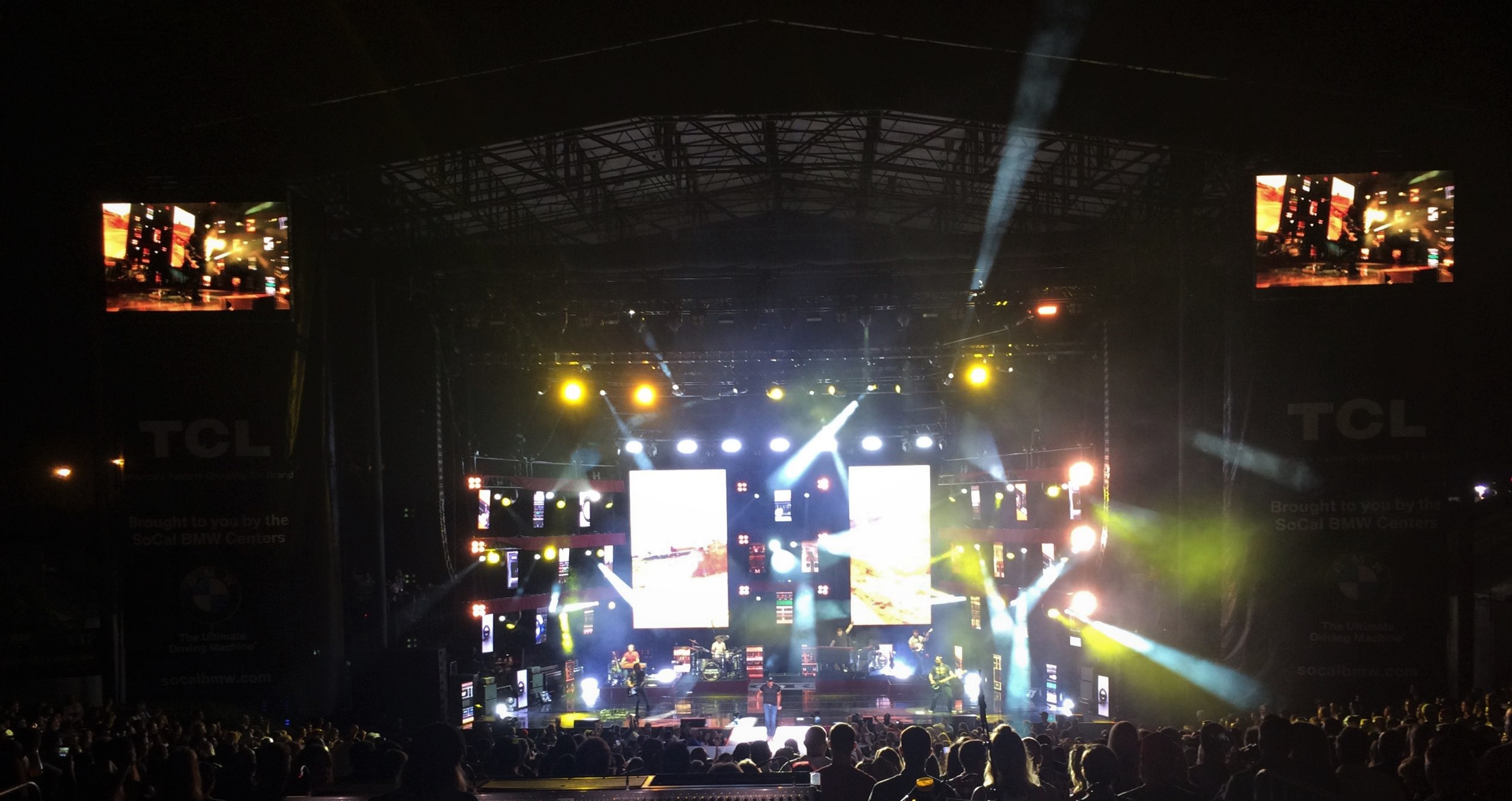
What’s the toughest thing about your job?
“My job must be done opening night. When the first show is over, and everything went great, backstage you are a star. You’ve said all your good buys to the other members of the team, and you watch them drive off in the bus to begin the tour. That’s when you realize, the excitement is over, it’s back to reality. Not doing it is the hardest part.”
In addition to your concert work, you’ve created a lot of images for commercials. Since these commercials are seen on a screen rather than live in an arena, does it change the types of things you are able to do with your designs?
“Good, cheap or fast, pick two. With today’s technology and availability of resources, good, cheap and fast are the only restrictions. They apply equally regardless of size, aspect ratio or resolution of the screen.”
Along those lines, concerts are invariably videoed now, either professionally or with cell phones. Does the thought that a concert is going to be viewed later on video change your approach at all?
“Concerts bring back memories. Visually, for each song, I try to create environments that awaken those memories. A few years ago I started judging my own work by the amount of cell phones videoing the show. For the folks that are recording the show, I have sparked those memories.”
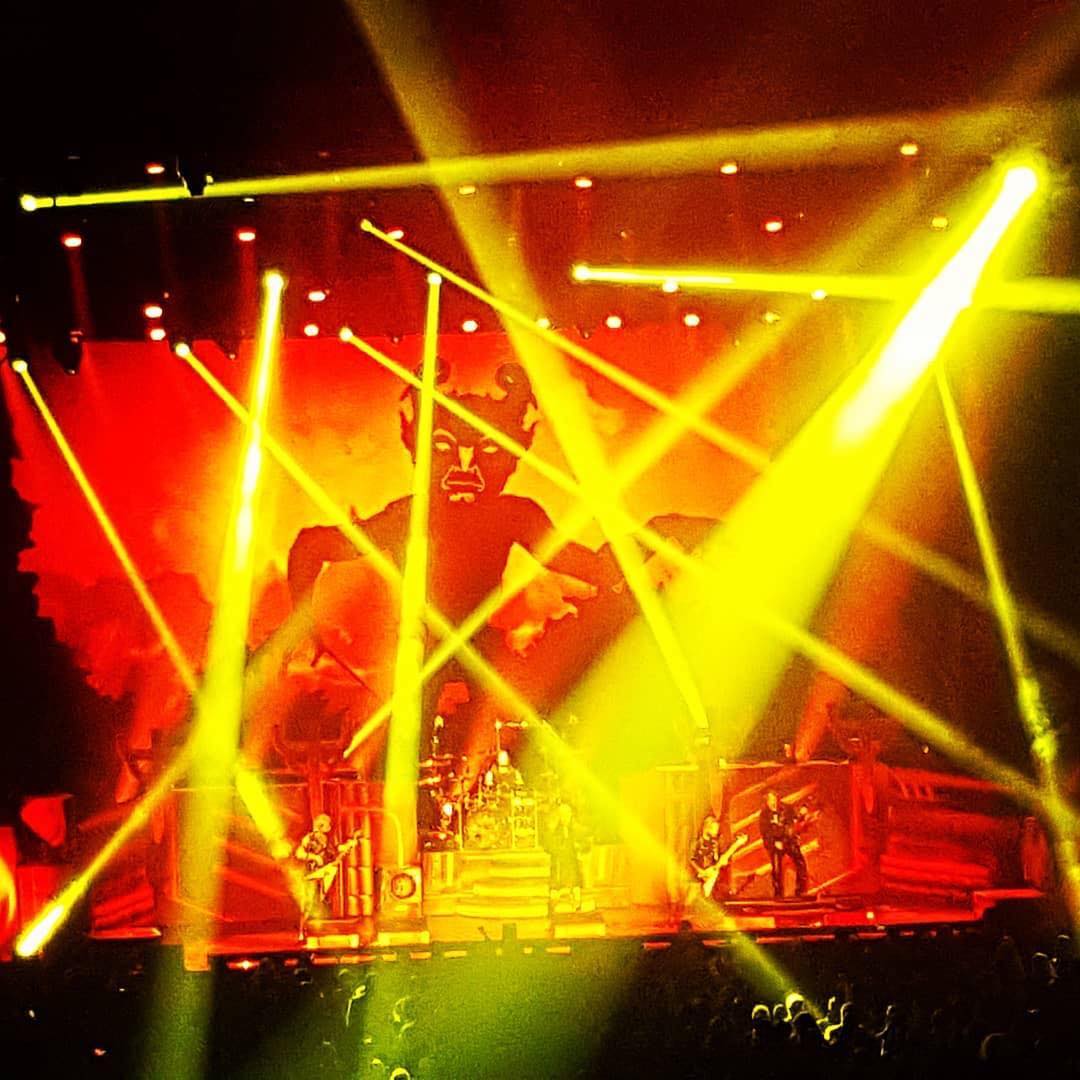
How have you stayed busy during the pandemic?
“My place is very, very clean and organized. Lots of quality family time. I’m fat now.
“It’s been hard watching the divisions that have grown in this country. I was led to create free2funLA.com, a site which provides a wide variety of things to do each day in LA, all of which are FREE! Spend your time, not just your money.
“The idea is that by removing money from the equation, we hope to show people ways to focus on family, friends and building long-lasting foundations and personal support for all.”
Will the pandemic have any impact, short-term or long-term, on the way concert stages are designed?
“I don’t think so. In fact, it seems that every natural disaster demonstrates how efficiently the touring industry builds, creates and beaks down. This year, much of the world learned about Zoom. But for years now, my team members have all operated remotely, while remaining fully mobile and connected.”
Do you think we will see more virtual reality shows that take place completely online?
“I once tried to convince Bruce Dickinson, from Iron Maiden, of the value of being able to offer a wider audience the Iron Maiden experience. He explained to me that if you wish to experience an Iron Maiden concert, buy a f***ing ticket and come to a Maiden concert, because there is nothing else like it. I think technology will continue to grow and continue to redefine what live entertainment actually is and how we experience it.”
Looking back on your career, are there any projects that stand out as being the most influential on your development as a designer?
“Yes definitely. Always my next project.”
Your portfolio features a very diverse body of work, but is there one consistent quality that runs through all you do? Something that defines it as a Mark Devlin work?
“I hope not. As a designer, I am a visual interpreter of another artist’s message. If one could recognize work, as my work, then I failed at representing the message of the music. If there is one consistent quality that runs through all I do, it is diversity.”
How would you like to be remembered as a designer?
“I would like to be most remembered for the work I’ve yet to do.”